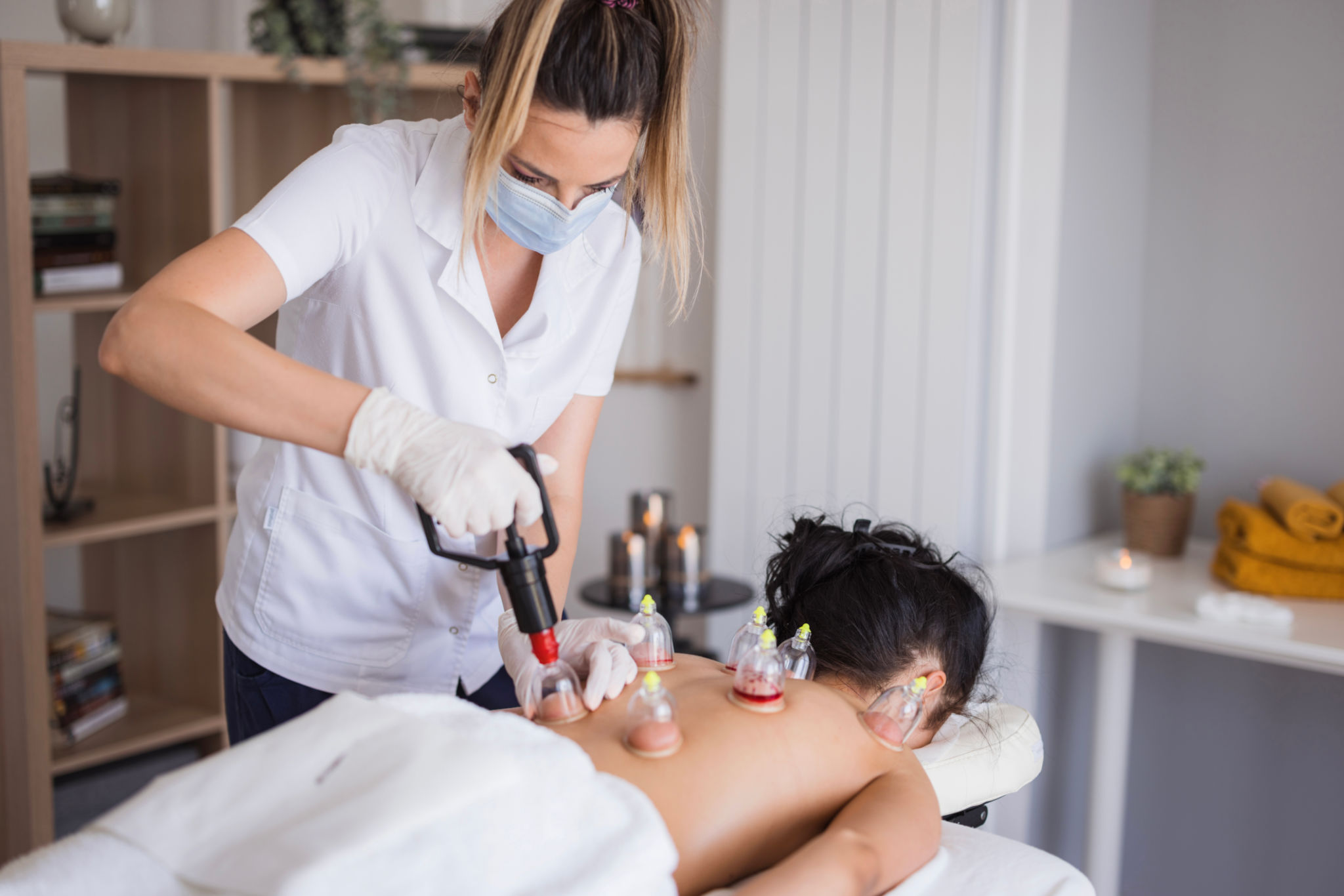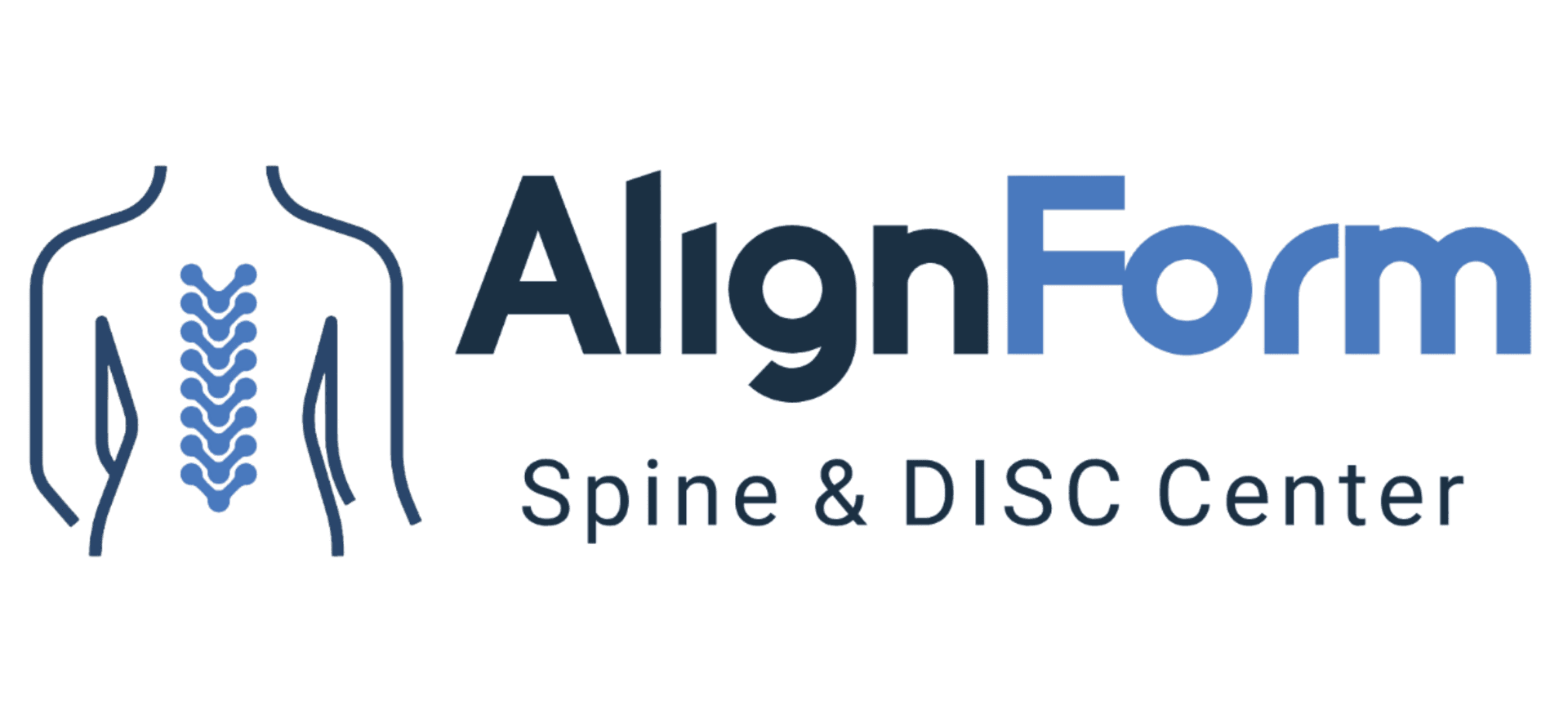Dry Needling vs. Traditional Acupuncture: What’s Best for You?
Understanding Dry Needling and Traditional Acupuncture
When it comes to alternative therapies for pain relief and muscle tension, both dry needling and traditional acupuncture are popular choices. While they may seem similar at first glance, these practices have distinct differences in their approach and application. Understanding these differences can help you decide which might be best suited for your needs.

What is Dry Needling?
Dry needling is a modern therapeutic technique used by physical therapists to treat musculoskeletal pain. It involves inserting thin, filiform needles into trigger points or tight muscle bands to relieve pain and improve movement. This method is based on Western medicine principles and focuses on the physical and neuromuscular system.
Unlike acupuncture, dry needling is not based on the concepts of energy flow or meridians. Instead, it targets specific areas of muscle tension and dysfunction to promote healing and alleviate discomfort. Practitioners often use this method for sports injuries, chronic pain, and muscle tightness.
Exploring Traditional Acupuncture
Traditional acupuncture is an ancient Chinese practice that involves inserting needles into specific points on the body, known as acupoints. This technique is rooted in the belief that balancing the body's energy, or "Qi," can promote health and well-being. It is often used to treat a wide range of ailments, from pain relief to stress reduction.

Acupuncture works by stimulating the central nervous system, which can trigger the release of chemicals and hormones that influence the body's natural healing abilities. It is recognized by many as a holistic approach to health, addressing not only physical symptoms but also emotional and mental well-being.
Differences in Practice and Application
One key difference between dry needling and acupuncture is the training and certification required for practitioners. Dry needling is typically performed by licensed physical therapists who have undergone specialized training. In contrast, acupuncture is practiced by licensed acupuncturists who have extensive training in traditional Chinese medicine.
- Focus: Dry needling targets muscle knots and trigger points, while acupuncture focuses on energy flow and overall balance.
- Training: Different certification processes for practitioners.
- Philosophy: Western medicine versus traditional Chinese beliefs.
Choosing the Right Treatment for You
Deciding between dry needling and traditional acupuncture depends on your specific needs and preferences. If you are dealing with acute or chronic muscle pain, dry needling may provide targeted relief. On the other hand, if you are seeking a holistic approach to health and wellness, acupuncture might be more suitable.

It's essential to consult with a healthcare professional to discuss your symptoms and goals. They can provide guidance on which treatment might be most effective for you. Both methods have their benefits, and the choice ultimately depends on personal preference and the specific condition being treated.
Combining Therapies for Optimal Results
For some individuals, combining dry needling and acupuncture can offer comprehensive benefits. By addressing both the physical and energetic aspects of pain and wellness, you may experience enhanced results. Always ensure that you are working with qualified practitioners who can tailor treatments to your unique needs.
Ultimately, the decision between dry needling and traditional acupuncture is a personal one. By understanding the differences and benefits of each, you can make an informed choice that aligns with your health goals and preferences.
